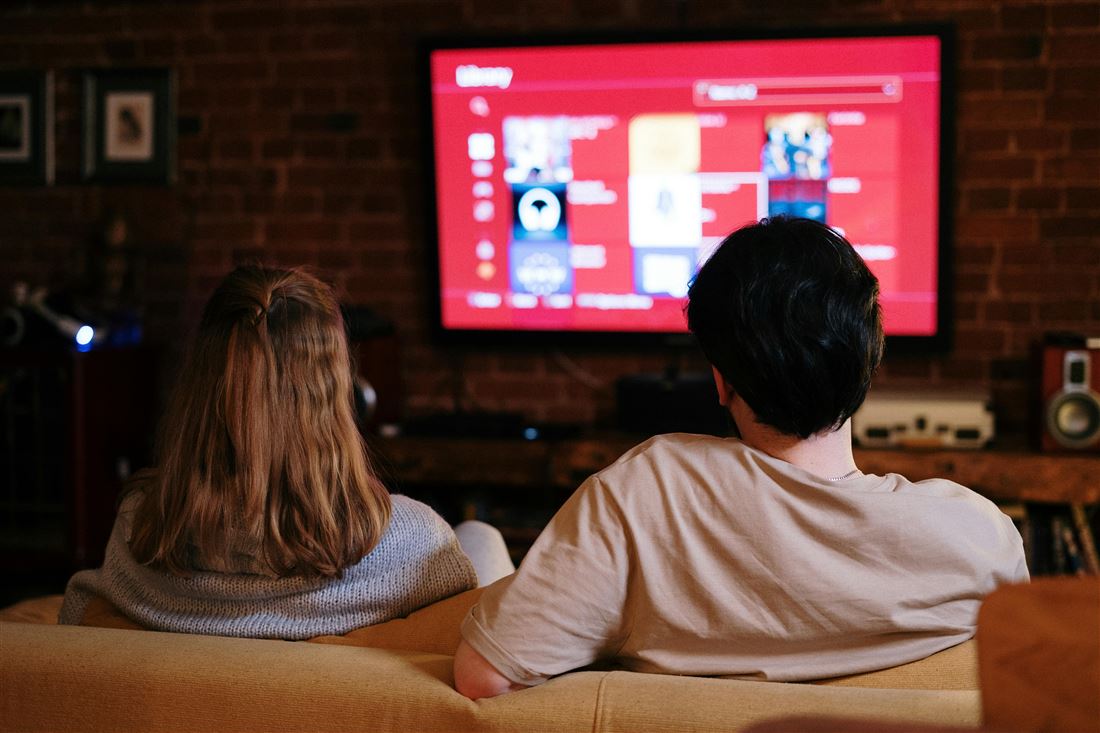In recent years, we have witnessed increasingly frequent cyber attacks on our SMART devices such as laptops, tablets, and phones. Technology has advanced so much that we can now consider devices such as vacuum cleaners, refrigerators, and even televisions to be SMART (intelligent) devices. TVs have become a frequent target of cybercriminals. They can use your TV to steal data that it collects about you, or your TV can become part of another cyberattack.

Not everyone realizes that modern smart TVs are just as powerful as computers. They can run games and apps and have powerful software. However, while we make sure that the software and security system on our computers are up to date, we are not as careful with our TVs. Software support often ends after 3-4 years, but we tend to use them for much longer. Compared to phones, updates are not as frequent and tend to focus on the user interface rather than security. This means that TVs can be infected with viruses (for example, when visiting websites with pirated movies or other content).
When a TV is infected with a virus, it can be used for a so-called DOS (denial of service) attack or DDOS (distributed denial of service) attack. What is the difference between them?
DOS (denial of service) attack: the aim of the attack is to prevent legitimate users from accessing a service or website using one specific device.
DDOS (distributed denial of service): the aim of the attack is again to prevent users from accessing a service or website, but this attack uses a larger number of devices to create a so-called network. Your TV can also become part of such a site, as it has an operating system.
Over the past 12 months, the number of these DDOS attacks has increased by up to 500%. For the average user, these attacks may seem irrelevant. What can happen during such an attack? The goal is to disable a service or website, such as sales on an e-shop. The hacker uses a virus to gain access to various smart devices and sends small amounts of data to the IP address of the e-shop. When a large number of devices are used for such an attack, the e-shop is flooded with data and literally disabled. For the e-shop (i.e., the company), this can mean financial losses and the cost of restoring the website. For individuals, it can have an impact when using a website or service. If such an attack were to occur on a bank, electronic banking could be disabled, which could also restrict its customers, i.e., you.
Your smart TV could unwittingly become part of an attack without your knowledge. The main problem is that manufacturers have stopped repairing and updating older TVs, which increases the risk of such attacks. Older TVs are not equipped with the latest software and are therefore not sufficiently secure.
Many TVs are equipped with various apps, voice assistants, or streaming services that also collect our data. At the same time, your TV is connected to a network, most often a home network. Your TV can be infected with malware, which allows hackers to access the data your TV collects about you and then steal it. They can sell it to third parties or demand a ransom from you. Another problem is the TV's network access. Through this access, an attacker can also get into other devices on the network and steal your data from them. Most TVs today are also connected via an email address, which can become the target of a phishing attack. There are known cases where an attacker has used a voice assistant on a TV to eavesdrop on conversations and spy on users. However, such cases are very rare.
How can you increase the security of your smart TV?
The safest option is to disconnect your TV from the internet. For most of us, this is completely unthinkable. We often watch series or films on TV via streaming services and don't want to be deprived of this entertainment. That's why we've put together some tips on what to do if your TV is connected to the internet:
When buying a TV, only buy from verified sellers, not from unknown and suspiciously cheap sellers (especially because the TV may already be infected with a virus).
Keep automatic updates turned on or update it regularly yourself, check the date of the last update.
Do not visit any suspicious websites or open dubious links.
Do not install unknown applications from third parties.
Disconnect smart devices from the internet at the end of their service life.
Turn off all services or applications that you do not need or do not want to share data with.
The Mozilla Foundation also looked at the privacy policies of several streaming players. From a security and privacy perspective, platforms such as Google Chromecast, Amazon Fire TV, and Roku Streaming scored the lowest in terms of security. On the other hand, Apple TV is considered a very good and secure platform in terms of security and privacy. It collects less data than Meta, for example, which is considered a big plus.
The current times bring many risks, especially in the area of cyber attacks. That is why it is necessary to pay attention to the protection of devices such as televisions. Many reputable companies already provide protection systems for smart TVs. Just as we protect our phones and computers, we should also protect our TVs.
SOURCES:
https://cybernews.com/editorial/connected-tv-security-headache-cyber-pros/
https://www.eset.com/sk/distribuovany-utok-odmietnutia-sluzby
